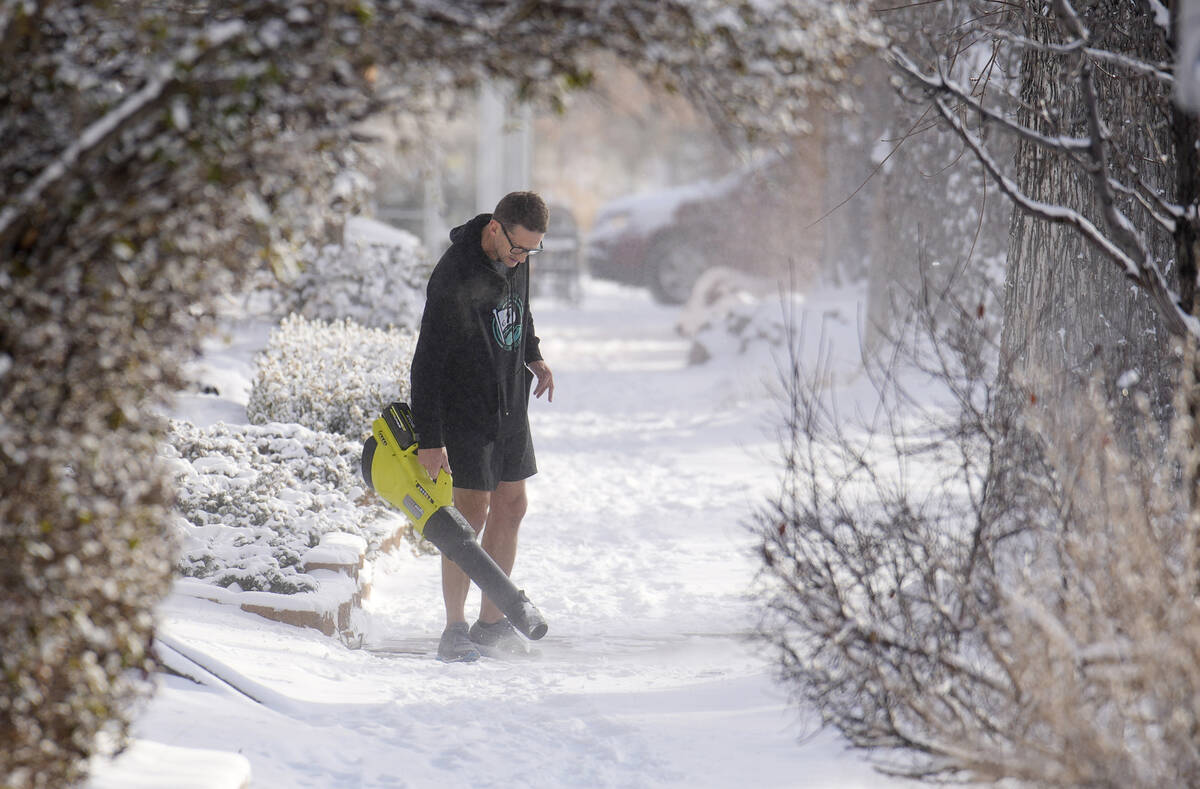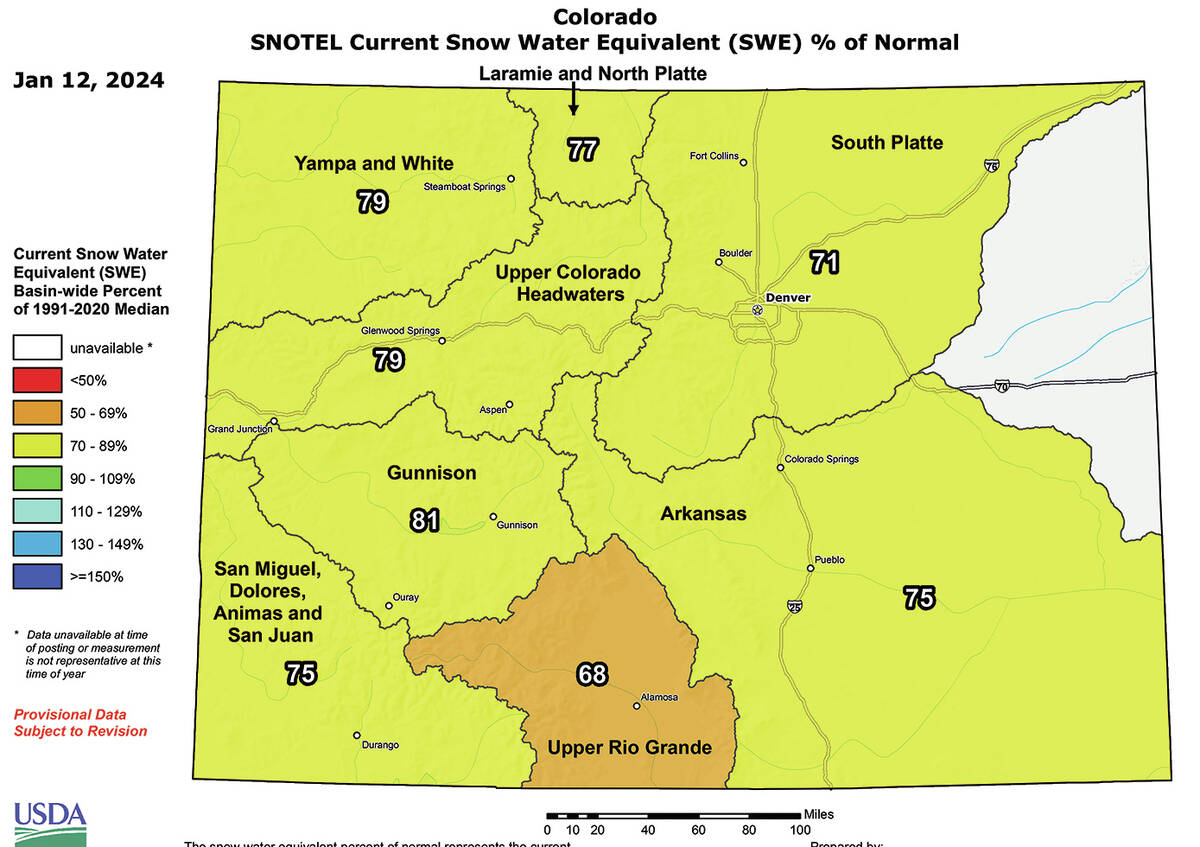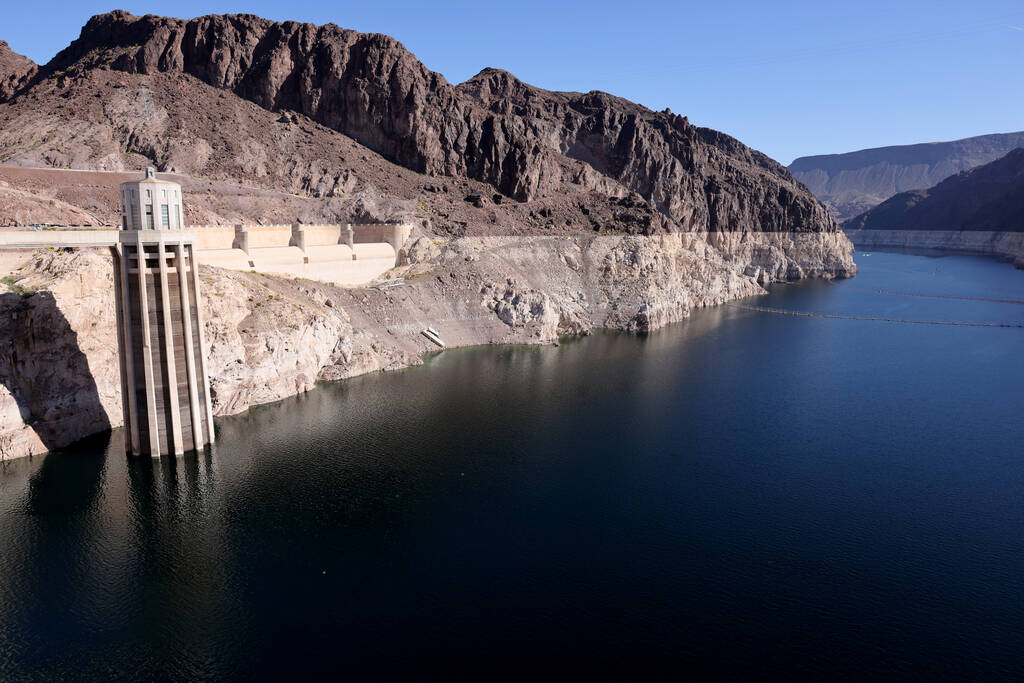Lake Mead could benefit as Colorado snowpack increases
Mother Nature has been helpful to Colorado skiers — and eventually Nevada water users — since the start of the year.
Most Colorado watersheds have jumped closer to normal snowpack after a dry start to winter. Around the start of the year, the Colorado statewide snowpack was about 67 percent of normal. A report issued Jan. 12 showed watersheds in Colorado between 68 to 81 percent of normal snowpack.
Since then, snowpack has jumped to 89 percent of normal, according to the National Water and Climate Center in Portland, Ore. Much of the increase was because of about three feet of snow falling recently in the midst of Colorado’s mountain region.
In addition, forecasting by the National Weather Service is projecting more snow as January continues with a “heavy risk of snow” between Jan. 22 and 24.
Utah snowpack levels were also well below normal on the state’s Jan. 12 report. The only areas close to normal were in the far northern reaches of the state.
A bountiful winter of snow could boost spring runoff into Lake Mead and Lake Powell, a major factor in providing sufficient water for tens of millions of users in the Colorado River Basin.
Last year’s exceptional snowfall across the West allowed both lakes to recover a bit after several years of dry winters. Lake Mead was about a half foot over 1,070 feet above sea level on Tuesday, and is projected by the Bureau of Reclamation to rise a few more feet before declining through the rest of 2024.
The latest Bureau of Reclamation “most probable” forecast is for Lake Mead to rise to about 1,073 feet by the end of February before falling to 1,056 feet by December and drop to 1,044 feet by December 2025. That would put the lake level within three feet of its lowest level ever since it was filled, 1,041.71 feet on July 27, 2022.
Contact Marvin Clemons at mclemons@reviewjournal.com. Follow @VegasMarvRJ on X.

























